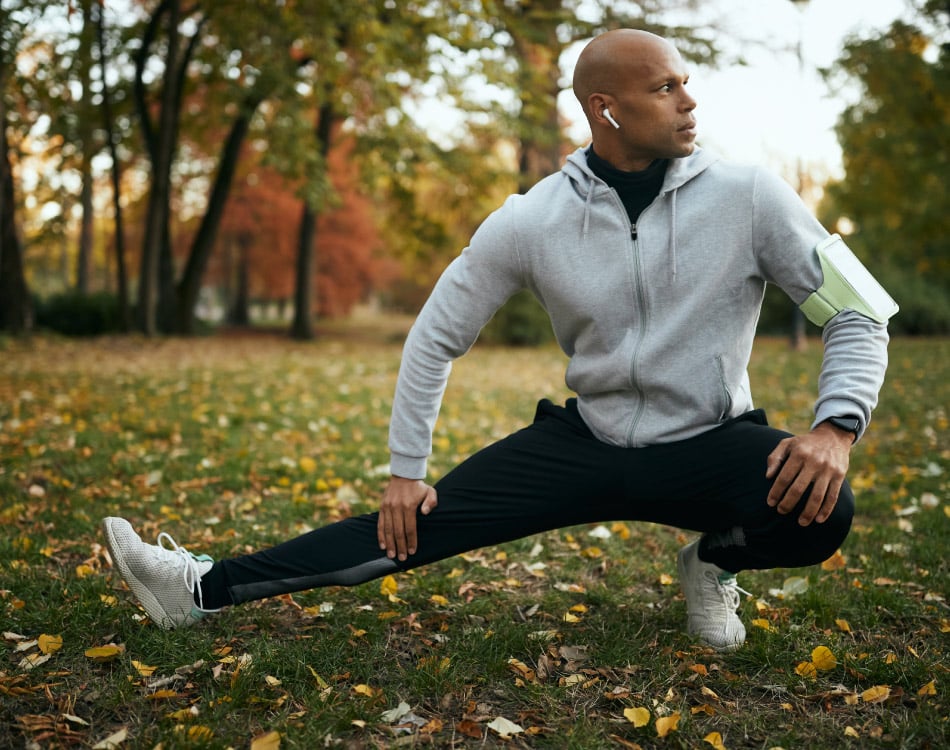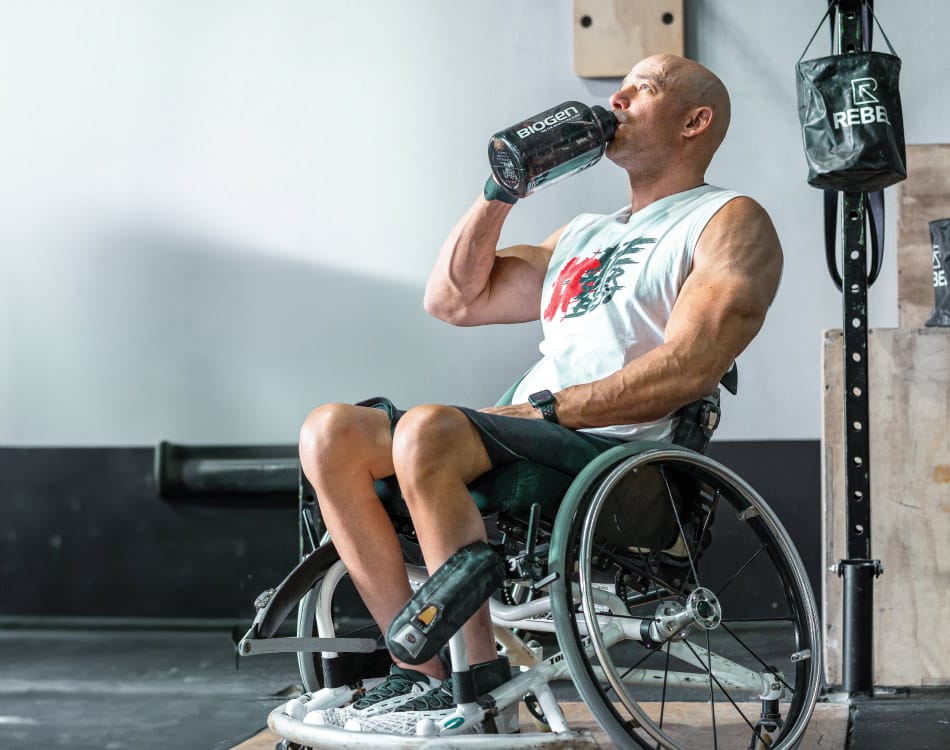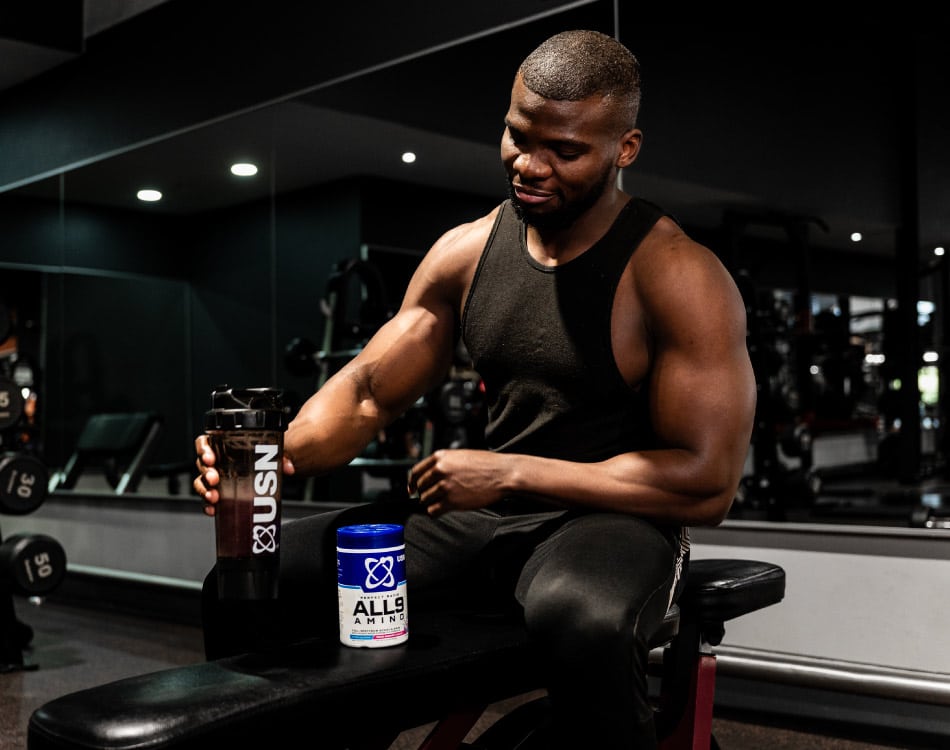Sometimes, life (and the weather) can derail our best intentions to train through winter.
Whether you failed to stick to your training plan through winter due to illness, a lack of motivation to exercise in the cold, injury, or work or family commitments, it is important to follow specific guidelines to make a safe return to your normal training routine.
Following these guidelines will help reduce your injury risk, and will ensure an enjoyable experience that is free from that dreaded next-day muscle soreness.
READ MORE | Optimise Your Performance Through Improved Mobility
Move more, move better after a layoff
Countering the effects associated with a lack of regular movement is the first issue we should address after any layoff.
The lack of regular exercise and basic everyday activities generally results in immobile joints and stiffer muscles and connective tissues. As such, jumping straight back into the training programme you followed before winter is a bad idea.
Issues typically occur in your neck, shoulders, hips and lower back following extended periods without regular movement and mobility. It is, therefore, important to address any potential structural or biomechanical issues before getting back to the gym.
READ MORE | This Is How Long It Takes To Start Losing Strength And Muscle Follow Time Off From Gym
Get assessed to identify injury risks
Visiting a qualified biokineticist or physiotherapist for an assessment before restarting your gym routine is the ideal approach. This consultation can pick up on any major strength or biomechanical imbalances.
These fitness professionals can then recommend the appropriate treatment or prescribe a prehabilitation or rehabilitation programme to follow before getting back to your normal routine.
“A qualified healthcare provider can ensure that everything is fine, or a movement specialist can prescribe individualised mobility and strength plans to address any imbalances or weaknesses to reduce your injury risk,” affirms Michelle Willenberg, a biokineticist at Samantha Dunbar Inc, registered physiotherapists and biokinetics.
READ MORE | Read The Signs For A Complete Picture Of Your Body And Health
A sensible approach to getting back to training
When you’re finally ready to make your return to gym, Willenberg suggests that you start sensibly.
“Don’t just jump into a new programme or pick up where you left off. Ramp up your training intensity and volume slowly, and take sufficient rest between sessions to fully recover.”
Willenberg recommends starting with 30 minutes at 60% of your pre-winter intensity.
“That equates to an RPE of 6/10. Those who remained somewhat active could accelerate their weekly ramp up, but everyone should gauge as they go and listen to their body.”
It is also prudent to review your exercise form and technique, and re-engage movement patterns with bodyweight exercises and drills before adding resistance or significant weight to reduce injury risk.
READ MORE | 5 Signs That You Need To Dial It Down
Avoid the dreaded DOMS
Willenberg says you can avoid those ‘T-Rex’ arms and stiff leg hobble by starting with light weights and compound movements as part of full-body workouts.
Isolating muscles from day one can cause serious delayed onset muscle soreness, or DOMS. While some next-day stiffness is welcome – it lets us know we had a good session – it shouldn’t be painful or stop us from training again the next day.
Start with a full-body workout regimen for the first few weeks, including one exercise per muscle group initially.
This combination of low volume and light intensity will reduce the amount of damage that occurs to muscle and connective tissues. You can also take longer rest intervals between sets at first.
“Slowly build up over a few weeks to transition back to a split routine, and include active rest sessions between your weight training days with walks, yoga or Pilates. Aim to keep moving to make a quicker and safe return to your usual routine,” concludes Willenberg.
Mobility and stretching sessions are other ideal options for active rest. It is also a sensible approach to transition to an upper-lower body split routine before getting back to higher-volume body-part isolation training plans.
READ MORE | Don’t Skimp On Recovery, It’s Vital For Peak Sporting Performance
Back to full fitness
The time it takes to return to the level of strength and fitness you had before your winter hibernation will depend on numerous factors.
An important consideration is your training history – how long you’ve been active in the gym. This factor affects elements like muscle memory, your adaptive response, and the efficiency with which your various systems take retrain.
It typically takes twice as long to regain what you lost during your layoff.
For example, if you took a month off, give yourself about two months to get back to full fitness. Again, this can vary between individuals but this timeframe offers a general guideline to set realistic expectations.













